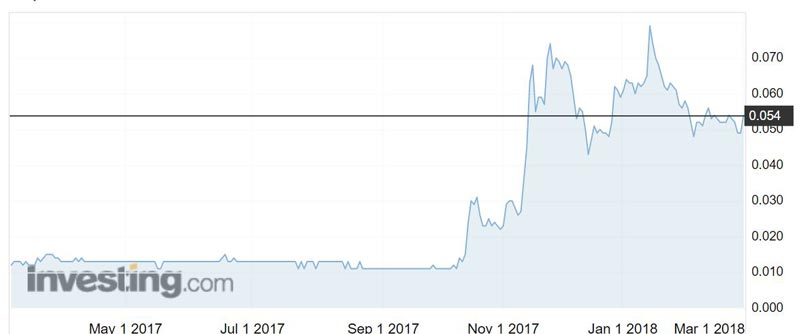Lepidico proves it can make battery-grade lithium from low-grade leftovers
Mining
Mining
Junior lithium player Lepidico has proven for the first time that its L-Max processing technology can produce battery-grade lithium carbonate from lower grade “tailings”.
Tailings, also called mine dumps, are the materials left over after processing ore to separate valuable material from uneconomic material.
Lepidico (ASX:LPD) has proven before that it can produce battery-grade lithium from mica minerals dug up from the ground. But “this is the first time that we’ve done this from a relatively modest grade sample of tailings”, managing director Joe Walsh told Stockhead.
“We’ve suspected that the technology is applicable to tailings but we haven’t tested samples like this before and it means that the process is very flexible and it opens up new sources of feed that are otherwise confined to tailings dams.”
Lepidico’s L-Max process allows the extraction and recovery of lithium from lithium-bearing micas such as lepidolite and zinnwaldite.
Battery-grade lithium carbonate is used to make cathode material for lithium-ion batteries.
Investors applauded the move, driving shares up as much as 12.3 per cent to 5.5c shortly after market open on Thursday.
In the past year Lepidico’s shares have shot up over 660 per cent, hitting a 52-week high of 8.4c in mid-November. Shares were trading at 5.4c at 10.45am AEDT.

Lepidico (ASX:LPD) was able to produce lithium carbonate grading 99.8 per cent from lithium giant Galaxy Resources’ (ASX:GXY) Mount Cattlin spodumene project 2km north of Ravensthorpe, Western Australia.
Spodumene is the main lithium bearing mineral mined from most hard rock lithium mines around the world.
The test work proved that overall lithium recovery from flotation concentrate to lithium carbonate product was as high as 96.6 per cent.
Lepidico is currently midway through a feasibility study on its L-Max process technology that is due for completion later this year.
The company plans to build a phase one plant in Sudbury, Canada.
“This news today means that we could have alternative feed sources to that plant and it means that there are other potential sources at existing mine sites or depleted mine sites that could be potential feed sources for this technology,” Mr Walsh said.
Lepidico has proven the technology technically on a “mini plant scale” and is in the process of proving it on small commercial scale.
The company is aiming to be using the L-Max process on a full commercial scale by late 2019 or early 2020.